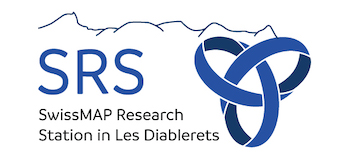Speaker
Description
In his programme to investigate Zagier's Polylogarithm Conjecture on the values of $\zeta_F(m)$, Goncharov gave a conjectural criterion -- the Depth Conjecture -- to determine the depth (number of variables) of a linear combination of multiple polylogarithms using the motivic coproduct. I will give an overview of this conjecture and its implications; in particular this Conjecture explains why all multiple polylogarithms of weight 2, and weight 3 can be expressed via $Li_2$ and $Li_3$ respectively.
In weight 4, this Conjecture predicts that $Li_{3,1}(x,y)$ (rather, some small modification thereof) should satisfy the dilogarithm 5-term relation independently in each variable, modulo depth 1 terms $Li_4$. This was established by Gangl, via an explicit 122-term reduction to $Li_4$'s, and conceptually understood by Goncharov and Rudenko in their proof of Zagier's Conjecture for $zeta_F(4)$.
In weight 6, Matveiakin and Rudenko were likewise able to show that $Li_{4,1,1}(x,y,z)$ (or small modification thereof) satisfies the dilogarithm 5-term in each variable, but only modulo depth 2 and modulo the 6-fold symmetries $\lambda \mapsto \lambda^{-1}, 1-\lambda$. Goncharov's Depth Conjecture predicts that $Li_{4,1,1}$ should also satisfy these symmetries modulo depth 2, but unlike in weight 4, these symmetries proved much harder to establish. I will show how to explicitly derive these symmetries from the degenerations of the Matveiakin-Rudenko quadrangular polylogarithms to boundary components of $\overline{\mathfrak{M}}_{0,9}$. This establishes Matveiakin-Rudenko's 5-term reduction unconditionally, and hence Goncharov's Depth Conjecture in weight 6, depth 3.

